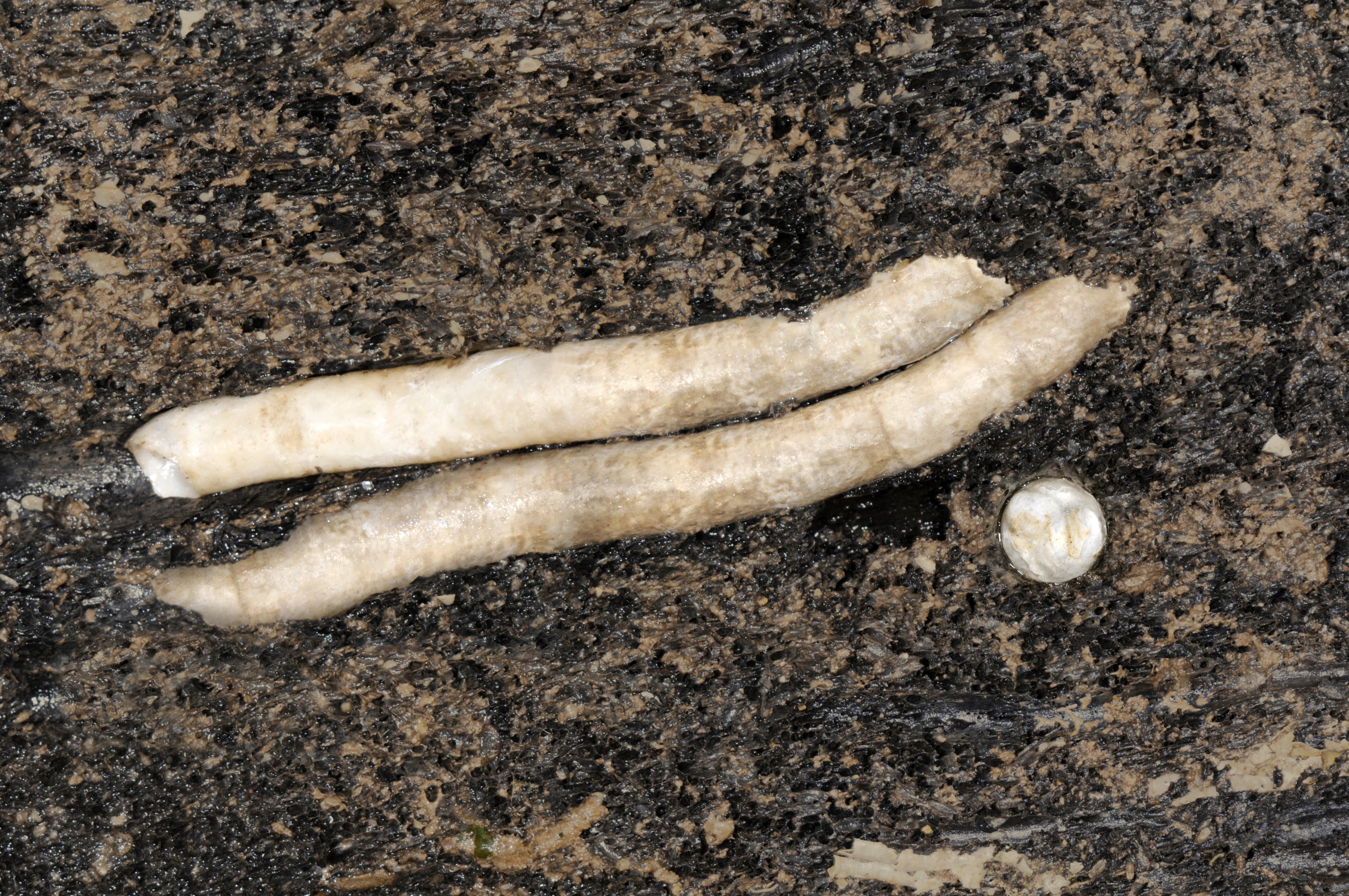Ship-eating sea worm could soon be sold by supermarkets as sustainable fish alternative
Researchers are growing the slimy white mollusc known as the shipworm with the aim of farming it for consumers

A ship-eating sea worm could soon be sold by supermarkets as a sustainable alternative to other fish products.
Researchers at Cambridge and Plymouth Universities are growing the slimy white mollusc with the aim of farming it for consumers in the UK.
Known as the shipworm, teredo worm, or tamilok in the Philippines - where people eat it raw dipped in coconut vinegar with salt and chilli - it is different from many other molluscs in that it does not have a shell.
Instead, using two small plates on its head, the shipworm grows by burrowing its way into wood submerged in seawater.
Researchers David Willer, from Cambridge, and his colleague Reuben Shipway, from Plymouth, who prefer the nickname the “naked clam”, believe the creatures will provide a sustainable alternative to the “big five”. Cod, haddock, salmon, tuna and prawns make up 80 per cent of the seafood eaten in the country, yet they are fished through the harmful and often unsustainable method of trawling.
The hope is the shipworm would provide people with the benefits of a fish-rich diet, such as a reduction in the risk of strokes or neurodegenerative diseases, but in a more sustainable way. The NHS suggests humans still only eat just over half of the recommended two weekly portions of fish.
Mr Willer told The Times: “The great thing about your naked clam is that it feeds on wood. The key to its success is the symbiotic bacteria and fungi in its gut, which convert the wood into a variety of compounds including protein, a lot of vitamin B12 and essential micronutrients. Compared with something like tuna, you’ve got no wild fishing impact.”
While it usually feeds on wood, the shipworm can also filter food pellets, which can be used to elevate flavour or smell. Its taste has been compared to oysters, but the type of wood in contact with the mollusc can cause this to vary.
Willer said: “In the Philippines they’re typically battered like calamari or in a marinated stew. If you’re going to do them as a mass-market consumer product, we’re thinking they’ll be mashed up like in fish fingers.”
The scientists built the world’s first shipworm aquaculture in Plymouth last year - a wooden, brick-sized matrix in which the clams grow - with the hope the cultivation technique could be rolled out on land across the UK. Once they receive patents for their invention, the two-year scale-up plan is set to begin from May, involving farming off the Devon coast.
Shipworms are known for boring into French and UK ships in the Channel – and even for causing trouble for Christopher Columbus when he was stranded in the Caribbean. However, the scientists discovered the creatures are rich in nutrients, such as vitamin B12, and require merely wood and water to grow, with the possibility of feeding them recycled wood chips to again reduce carbon impact.
Willer said: “Naked clams don’t put much energy into growing shells, and they grow much faster than mussels and oysters, which can take two years to reach a harvestable size.”
There is “definitely reason to be hopeful” about shipworms, said Charlotte Coombes, who is of the Marine Conservation Society, which produces the Good Fish Guide that offers alternatives to the big five.
She said: “It’s this different way of thinking about our food systems that we really do need, because we can’t just keep going on as we are, when 97 per cent of global fish stocks are either fully fished or overfished. But it all depends on what it looks like when it’s scaled up.”
Willer added: “It might sound a bit ridiculous, but readers may want to be reminded about Quorn. The fungus that becomes Quorn itself looks terrible, I would never want to eat it, but they managed to convert it into a food product. There is potential that this could go the same way.”
Join our commenting forum
Join thought-provoking conversations, follow other Independent readers and see their replies
Comments
Bookmark popover
Removed from bookmarks